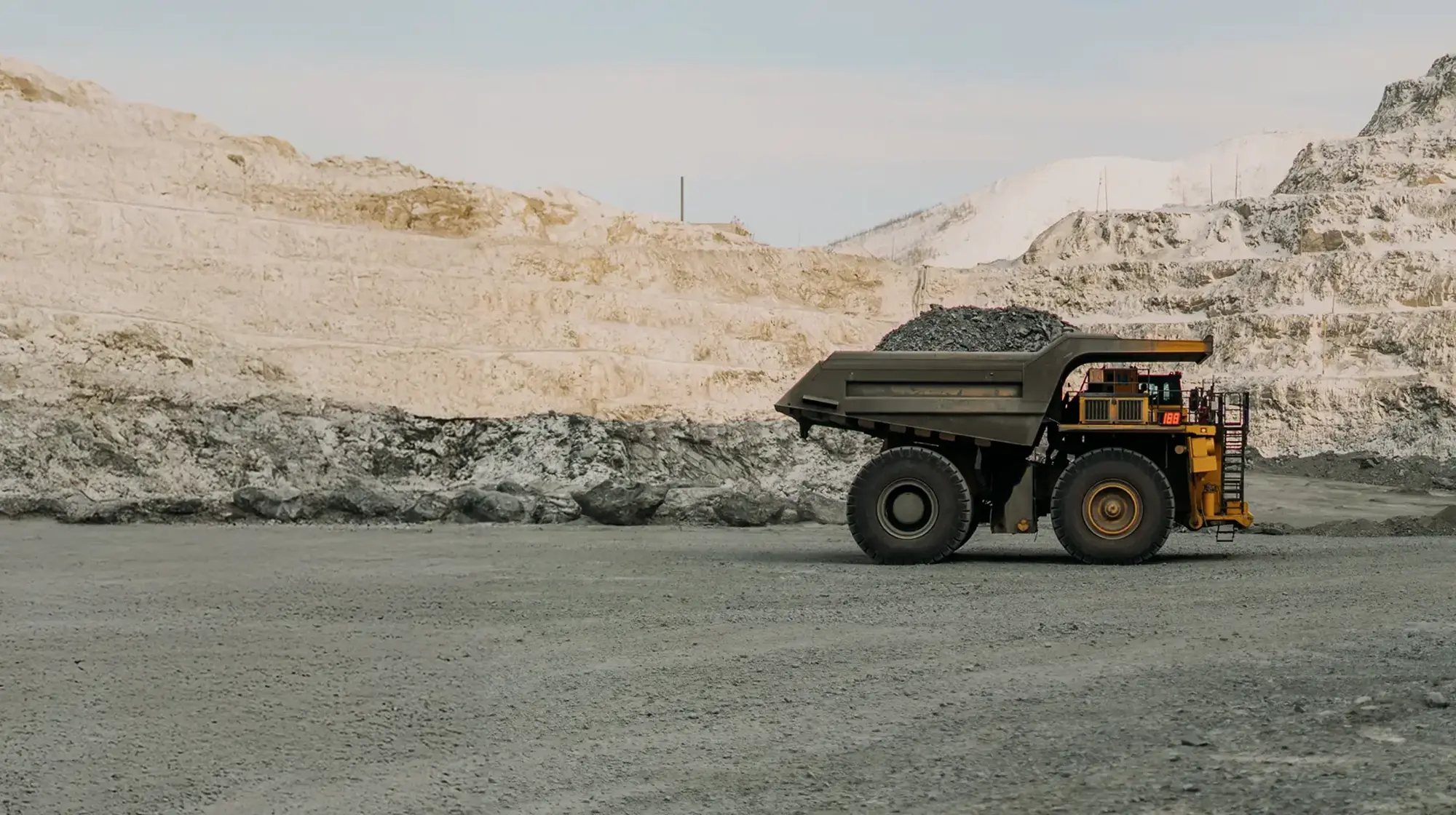Reports related to this article:
Project(s): View 2 related projects in PECWeb
Plant(s): View 2 related plants in PECWeb
Released July 30, 2025 | SUGAR LAND
en
Written by Amir Richani for Industrial Info Resources (Sugar Land, Texas)--Peru's President Dina Boluarte said that the government could authorize US$6 billion in new mining projects as it seeks to develop the sector further and remain amongst the world's largest copper producers. However, political, social, and security issues could deter progress.
"Today, we are evaluating 134 investment authorizations in exploration and exploitation, which will involve immediate investments, estimated at more than US$6 billion. Construction is planned to begin in 2026 on the Zafranal and Pampa de Pongo projects, among others, with a private investment of more than US$4.7 billion, which will boost the country's development," said the president during her speech in Congress. Subscribers to Industrial Info's Global Market Intelligence (GMI) Project Database can learn more by viewing the related project reports.
The South American nation has a mining portfolio of 61 mining projects worth US$65 billion, dominated by copper. Peru is in the top three of the world's largest producers of the red metal.
Despite these goals, the domestic situation is more complex. The mining sector has been affected by increased security issues and attacks that the government has failed to curb.
As an example of that was the killing of 13 artisanal gold miners in the district of Pataz earlier this year. Though this is not an isolated attack. Prior to the assassinations, the company operating in the area decried security issues surrounding its operations.
The nation's industry is segmented by large, medium and artisanal mining, with the latter group encompassing roughly 250,000 works according to estimates shared by the BBC earlier this year.
Boluarte's government has been trying to formalize artisanal mining operations through the REINFO, but her efforts have failed. Her administration has already pushed the deadline for artisanal miners to register a handful of times, following widespread protests and a low application rate.
As of now, the current administration has pushed the new deadline for the end of this year with the hopes of formalizing thousands of operations across the nation.
In July, miners blocked an important mining corridor in protests against the government's new deadline and a decision to end 50,000 temporary authorizations. Later this month, artisanal miners also protested in front of the Congress, where police forces had to intervene.
Unrest near assets is common. Mining operations, corridors, and infrastructure are targets for civilians or artisanal miners seeking to draw the government's attention.
Industrial Info Resources (IIR) is the leading provider of industrial market intelligence. Since 1983, IIR has provided comprehensive research, news and analysis on the industrial process, manufacturing and energy related industries. IIR's Global Market Intelligence (GMI) helps companies identify and pursue trends across multiple markets with access to real, qualified and validated plant and project opportunities. Across the world, IIR is tracking over 200,000 current and future projects worth $17.8 trillion (USD).
"Today, we are evaluating 134 investment authorizations in exploration and exploitation, which will involve immediate investments, estimated at more than US$6 billion. Construction is planned to begin in 2026 on the Zafranal and Pampa de Pongo projects, among others, with a private investment of more than US$4.7 billion, which will boost the country's development," said the president during her speech in Congress. Subscribers to Industrial Info's Global Market Intelligence (GMI) Project Database can learn more by viewing the related project reports.
The South American nation has a mining portfolio of 61 mining projects worth US$65 billion, dominated by copper. Peru is in the top three of the world's largest producers of the red metal.
Despite these goals, the domestic situation is more complex. The mining sector has been affected by increased security issues and attacks that the government has failed to curb.
As an example of that was the killing of 13 artisanal gold miners in the district of Pataz earlier this year. Though this is not an isolated attack. Prior to the assassinations, the company operating in the area decried security issues surrounding its operations.
The nation's industry is segmented by large, medium and artisanal mining, with the latter group encompassing roughly 250,000 works according to estimates shared by the BBC earlier this year.
Boluarte's government has been trying to formalize artisanal mining operations through the REINFO, but her efforts have failed. Her administration has already pushed the deadline for artisanal miners to register a handful of times, following widespread protests and a low application rate.
As of now, the current administration has pushed the new deadline for the end of this year with the hopes of formalizing thousands of operations across the nation.
In July, miners blocked an important mining corridor in protests against the government's new deadline and a decision to end 50,000 temporary authorizations. Later this month, artisanal miners also protested in front of the Congress, where police forces had to intervene.
Unrest near assets is common. Mining operations, corridors, and infrastructure are targets for civilians or artisanal miners seeking to draw the government's attention.
Industrial Info Resources (IIR) is the leading provider of industrial market intelligence. Since 1983, IIR has provided comprehensive research, news and analysis on the industrial process, manufacturing and energy related industries. IIR's Global Market Intelligence (GMI) helps companies identify and pursue trends across multiple markets with access to real, qualified and validated plant and project opportunities. Across the world, IIR is tracking over 200,000 current and future projects worth $17.8 trillion (USD).


